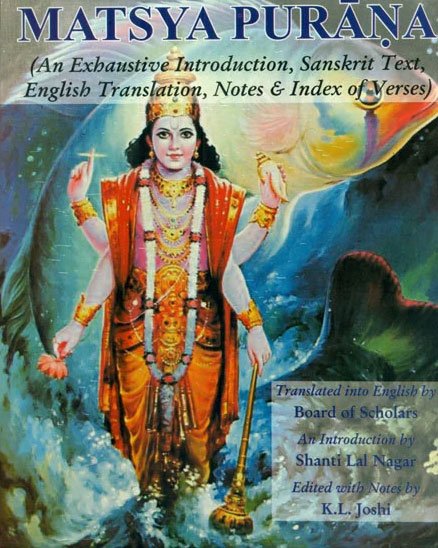The Matsya Purana (critical study)
by Kushal Kalita | 2018 | 74,766 words | ISBN-13: 9788171103058
This page relates ‘Note on Architecture (vastu)’ of the English study on the Matsya-purana: a Sanskrit text preserving ancient Indian traditions and legends written in over 14,000 metrical verses. In this study, the background and content of the Matsyapurana is outlined against the cultural history of ancient India in terms of religion, politics, geography and architectural aspects. It shows how the encyclopedic character causes the text to deal with almost all the aspects of human civilization.
Part 1a - Note on Architecture (vāstu)
Every civilisation has markedly known by the art and architecture attached to it. Architecture is regarded as the evidence of a civilization. Historically architecture bears the pride as the principal and material records of intellectual evolution of men through the ages.[1] It expresses the social, political, spiritual and cultural advancement of the people in a particular age. Architecture means design and construction or style of any building.[2]
In Sanskrit literature the term vāstu is used to denote architecture.[3] The etymological meaning of vāstu as interpreted by ancient scholar is vasanti prāṇinaḥ yatra, i.e., a place where living beings reside. In later period it covers all types of dwelling place. So vāstu mainly denotes village, town, fort, commercial cite, a dwelling house, a group of houses and the like. There are some noteworthy books in Sanskrit literature dealing with the subject of architecture from which it is clear that the scope of the term architecture is not confined to the design or construction of a building only, rather, it concentrates on the selection of place, examining the soil, planning and designing of the building in relation to climatology and micro weather, arrangements of areas or rooms in relation to the different activities of the proposed building too. Sculptural works like carving of phalli, idols of deities are also included in architecture.
Sculpture is regarded as the handmaid of architecture.[4]
Mānasāra, one of the important works in Sanskrit has divided vāstu in the sense of:
Among these the ground is most important as without its support nothing can be constructed. The building or harmya includes prāsāda, maṇḍapa, sabhā, śālā, prapā and raṅga. Ādika, syandana, śibikā and ratha are included in the yāna. The bedstead includes pañjara, mañcalī, mañca, kākāsta, phalakāsana and bālaparyaṅka.[6]
Footnotes and references:
[1]:
Cf., Percy Brown, Indian Architecture (Buddhist and Hindu Periods), p.1
[2]:
Julia Elliott, Anne Knight & Chris Cowley, Oxford Dictionary & Thesaurus III, p. 35
[3]:
M.M.Williams, Sanskrit English Dictionary, p.9
[4]:
